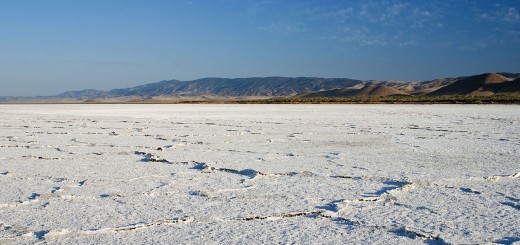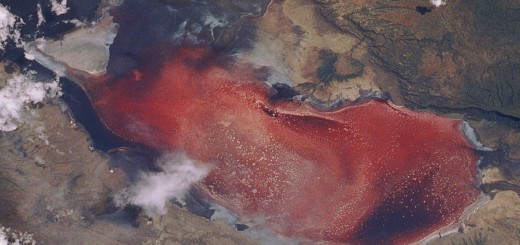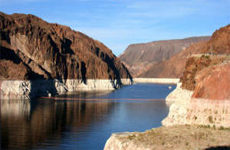Disappearing Lakes: Most Of Aral Sea Is Gone
1Once the world’s fourth largest lake, the Aral Sea has shrunk considerably in the last 50 years. Summer 2014 marked further decline, according to a release from NASA, as the eastern basin of the diminished water body has gone dry for the first time in modern history.
Not since medieval times has the Aral Sea been this dry, when water from one of its tributaries was diverted to the Caspian Sea. But the cause of that dry period isn’t so different from those draining the Aral Sea today.

The Aral Sea loses its eastern lobe, August 19, 2014. (Credit: NASA Earth Observatory)
Troubles began in the 1950s and 1960s when the Soviet Union began diverting water from the Amu Darya and Syr Darya rivers to irrigate rice and cotton fields. Those diversions contributed to the eventual separation of the Aral Sea into two halves in 2000. Drought that followed spurred the loss of the lake’s southern half, the eastern lobe of which was nearly gone by 2009.
This year’s losses, including the disappearance of the Aral Sea’s southeastern basin, come from a combination of factors. There is less rain and snow running off from the Pamir Mountains, experts say, and water withdrawals haven’t let up with some 60 million thirsty people living in the region.

A stranded ship sits on a portion of the Aral Sea’s dried lake bed. (Credit: Flickr User Martijn.Munneke via Creative Commons)
The Aral Sea joins the likes of other disappearing lakes globally and is certainly not the first to diminish because of human intrusion. Tulare Lake, which was once the largest body of freshwater west of the Mississippi River, was drained by weary California farmers over a hundred years ago. And Arizona’s Lake Mead, hemmed by the Hoover Dam, is no longer the largest reservoir in the United States.
But Mother Nature is fickle and human activities can change. “The sea really has dried in the past and has come back,” said Philip Micklin, geographer emeritus at Western Michigan University, in an interview with New Scientist. “History tells us don’t give up hope.”














[…] Despite the issues faced with maintaining Lake Baikal’s levels, Russian officials do not appear concerned about the lake disappearing entirely. This is likely linked to its massive size, and the absence of massive irrigation projects that have threatened other large bodies of water, like the now-depleted Aral Sea. […]